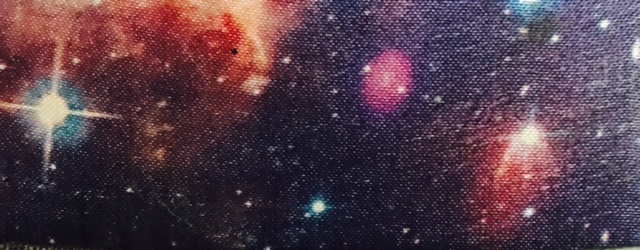Space Tastes Like Raspberries and Smells Like Rum?
Discovered in the Sagittarius B2 dust cloud in the heart of the Milky Way, these factors may be crucial for complex life to exist in the universe.
Astronomers that were searching a giant dust cloud known as Sagittarius B2 in the heart of the Milky Way Galaxy, have discovered and concluded that it might taste vaguely like raspberries.
This unanticipated discovery comes from years of work by astronomers; the astronomers trained their 30m radio telescope on a large ball of dust and gas with the hope of finding the complex molecules vital to life. The amino acids they were searching for have been compared to the Holy Grail of astrobiologists. This would raise the possibility of life emerging on other planets after being seeded with these molecules.
“It makes me super excited, but space is also super scary and it stresses me out,” sophomore Zoe Speich said.
In one of the latest surveys, astronomers waded through thousands of signals from Sagittarius B2, the enormous gas cloud at the center of our galaxy. Even though they failed to identify any evidence of the amino acids, they found a substance known as ethyl formate, a chemical that appears as C3H6O2. This is the chemical that causes the flavor or raspberries.
“It does happen to give raspberries their flavor, but there are other molecules that are needed to make space raspberries,” Arnaud Belloche, an astronomer at the Max Planck Institute for Radio Astronomers in Bonn, told the Guardian.
Interestingly, ethyl formate has another distinguishing food related trait: it smells like rum.
The astronomers used the IRAM telescope in Spain to analyze the electromagnetic waves emitted by a region of Sagittarius B2 that surrounds a newborn star; an area hotter and denser than the rest of the cloud. Radiation from this star is being absorbed by molecules in the gas cloud and then emitted at different energies depending on what type of molecule it is.
Arnaud Belloche and his associate Robin Garrod from Cornell University in New York, have collected almost 4,000 distinct signals from Sagittarius B2, but have only been able to analyze about half.
“We have identified around 50 molecules in our survey, and two of those had not been seen before,” Belloche said according to The Guardian.
Last year, the team came close to identifying amino acids in space through the discovery of a molecule that can contribute to making them, called amino acetonitrile. These molecules are as large as the simplest amino acid, glycine. These discoveries have improved the possibilities of finding amino acids, something widely regarded to be critical for complex life to exist in the universe.
“I wouldn’t be surprised if we find an amino acid out there in the coming years,” Belloche said according to the Guardian.

Her favorite quote is "She wasn't looking for a knight, she was looking for a sword." - atticus.

